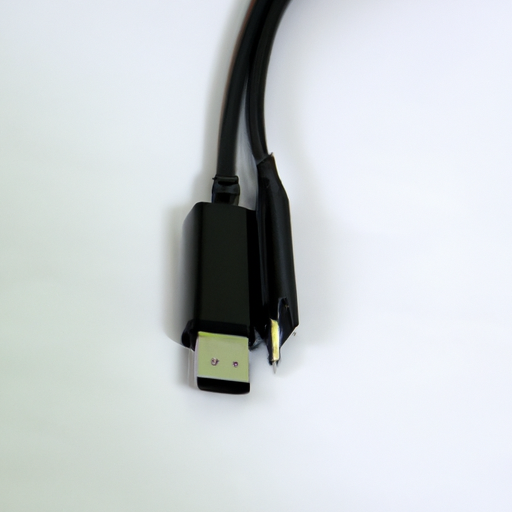A DC-DC buck converter is an electronic device used to convert input voltage into a lower output voltage. It is widely used in various electronic devices such as mobile phone chargers, computer power supplies, etc. The DC-DC buck converter consists of multiple components and modules, which will be detailed below.

2. Rectifier: The rectifier is used to convert AC input voltage into DC voltage for further circuit processing. It typically uses rectifier diodes or rectifier bridges to achieve this.
3. Input Voltage Regulator: The input voltage regulator is used to adjust the input voltage to meet different working environments and requirements. It is typically composed of resistors, capacitors, and voltage regulators, providing a stable output voltage.
4. PWM Controller: The PWM controller is the core part of the DC-DC buck converter, used to control the output voltage level and stability. It adjusts the conduction time of the switch transistor to regulate the output voltage, usually using pulse width modulation technology.
5. Output Inductor: The output inductor stores energy and smoothens the output voltage, preventing voltage fluctuations and ripples. It is typically made of materials such as ferrite and Teflon, effectively improving the efficiency and stability of the converter.
6. Output Filter: The output filter is used to filter out high-frequency noise and interference from the output voltage, ensuring the stability and purity of the output voltage. It is typically composed of capacitors and inductors, effectively reducing output voltage fluctuations and ripples.
7. Output Regulator: The output regulator is used to adjust the output voltage level and stability to meet different load requirements and working environments. It is typically composed of voltage regulators, capacitors, and resistors, providing a stable output voltage.
In summary, a DC-DC buck converter consists of input filter, rectifier, input voltage regulator, PWM controller, output inductor, output filter, and output regulator, among other components and modules. They work together to efficiently convert input voltage to output voltage, ensuring the normal operation and stability of electronic devices. In the future, DC-DC buck converters will continue to be improved and innovated to meet the evolving market demands and technological requirements.
A DC-DC buck converter is an electronic device used to convert input voltage into a lower output voltage. It is widely used in various electronic devices such as mobile phone chargers, computer power supplies, etc. The DC-DC buck converter consists of multiple components and modules, which will be detailed below.

2. Rectifier: The rectifier is used to convert AC input voltage into DC voltage for further circuit processing. It typically uses rectifier diodes or rectifier bridges to achieve this.
3. Input Voltage Regulator: The input voltage regulator is used to adjust the input voltage to meet different working environments and requirements. It is typically composed of resistors, capacitors, and voltage regulators, providing a stable output voltage.
4. PWM Controller: The PWM controller is the core part of the DC-DC buck converter, used to control the output voltage level and stability. It adjusts the conduction time of the switch transistor to regulate the output voltage, usually using pulse width modulation technology.
5. Output Inductor: The output inductor stores energy and smoothens the output voltage, preventing voltage fluctuations and ripples. It is typically made of materials such as ferrite and Teflon, effectively improving the efficiency and stability of the converter.
6. Output Filter: The output filter is used to filter out high-frequency noise and interference from the output voltage, ensuring the stability and purity of the output voltage. It is typically composed of capacitors and inductors, effectively reducing output voltage fluctuations and ripples.
7. Output Regulator: The output regulator is used to adjust the output voltage level and stability to meet different load requirements and working environments. It is typically composed of voltage regulators, capacitors, and resistors, providing a stable output voltage.
In summary, a DC-DC buck converter consists of input filter, rectifier, input voltage regulator, PWM controller, output inductor, output filter, and output regulator, among other components and modules. They work together to efficiently convert input voltage to output voltage, ensuring the normal operation and stability of electronic devices. In the future, DC-DC buck converters will continue to be improved and innovated to meet the evolving market demands and technological requirements.